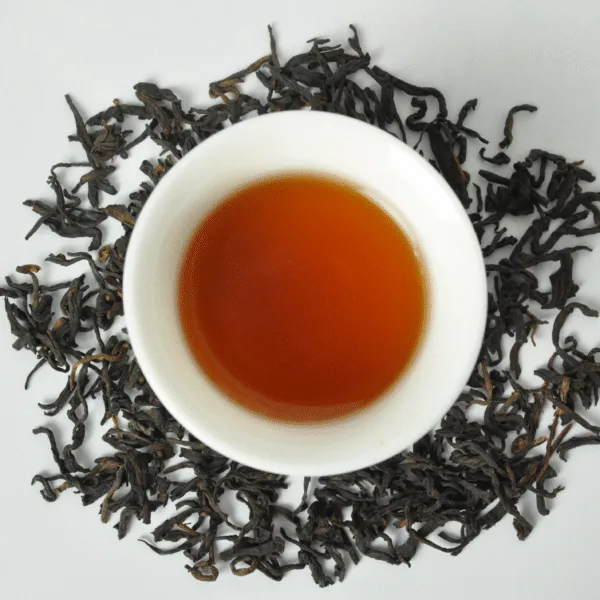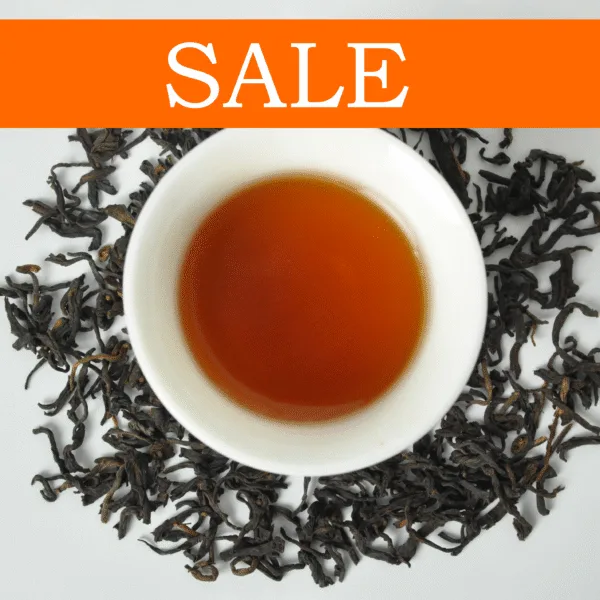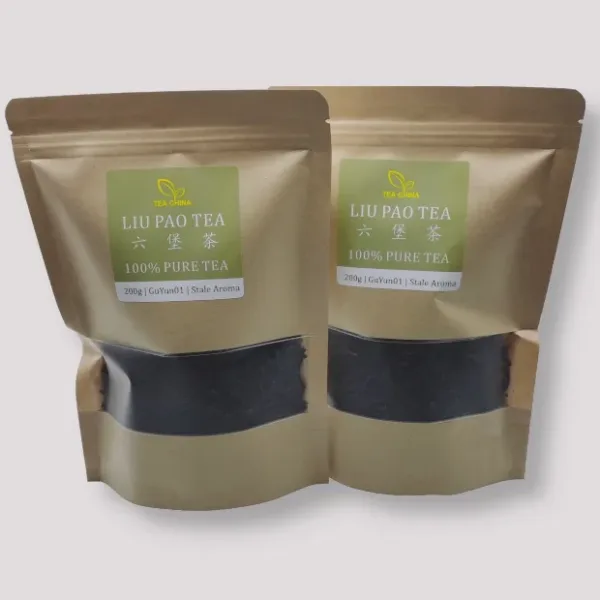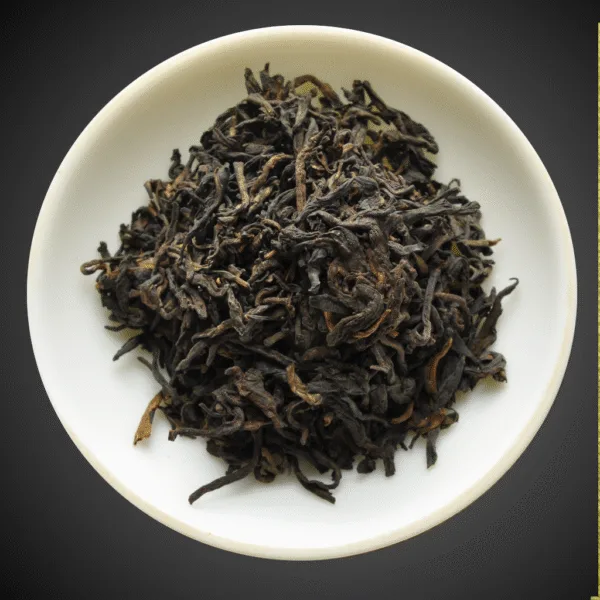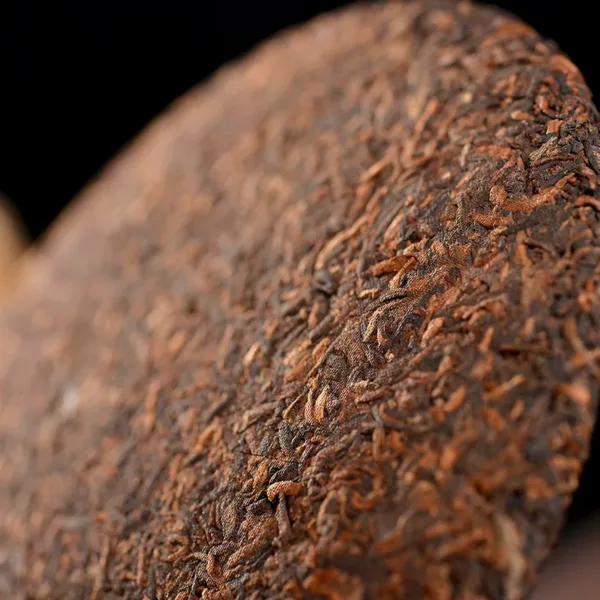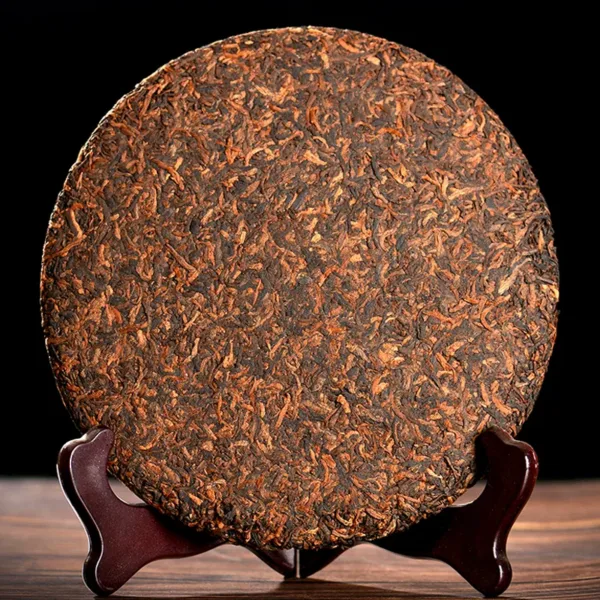Essential Information
The aroma of Laotongzhi 9988, as a Pu’er ripe tea, embodies

typical fragrance characteristics of ripe tea. It presents rich layers due to differences in raw material grades, aging years, and craftsmanship. The main aroma types are as follows:
-
Aged Aroma
As the fundamental aroma of ripe tea, it originates from the woody and aged-wood fragrance formed during the tea fermentation process, resembling the steady scent of old furniture or ancient books. This is one of the most prominent aroma features of 9988.
-
Sweet Aroma
The obvious sweetness comes from carbohydrates generated during fermentation, similar to honey or fructose. After brewing, the aroma carries a fresh sweetness that spreads with the tea soup when sipped.
-
Caramel Aroma
Some batches may exhibit a slight caramel or toasted bread aroma due to moderate fermentation, adding a rich and warm touch to the fragrance.
-
Dry Tea Aroma:
The dry tea (naked brick) shows a brownish-red and moist color. When sniffed, it primarily emits aged aroma with a faint sweet scent. Well-aged tea bricks may have a more

distinct “cellar-aged aroma”.
-
Brewed Aroma:
- 1st to 3rd infusions: The hot soup aroma is dominated by aged and sweet scents, with obvious lingering fragrance at the bottom of the cup.
- Middle infusions (4th-6th): The sweet aroma becomes more prominent, possibly accompanied by a slight longan or jujube fragrance (depending on raw materials and fermentation techniques).
- Late infusions (after 7th): The aroma softens, with a persistent aged fragrance.
-
Infused Leaf Aroma:
The brewed leaves are reddish-brown and soft, with an aroma mainly of aged and sweet scents, free from odd smells (such as sour or rancid odors). High-quality tea shows clean and long-lasting leaf aroma.
-
High-quality Features:
Pure aroma without strange smells, natural integration of aged and sweet scents, and high aroma durability (aroma remains after 10 infusions), which are typical performances of 9988 as a premium ripe tea.
-
Influence of Aging Years:
- Teas aged for over 3 years have more prominent aged aroma, and the sweet aroma transforms from “fresh sweetness” to “deep sweetness”.
- New teas (1-2 years old) may have a slight “pile fermentation smell”, but under excellent craftsmanship, this smell quickly dissipates and turns into pure aged aroma.
- Use 100°C boiling water and wake the tea 1-2 times to help release the aged and sweet aromas.
- For those pursuing aroma layers, pay attention to controlling the water injection speed and infusion time. Combine hot sniffing, warm sniffing, and cold sniffing (cold sniffing the cup bottom aroma can better appreciate the persistence of the sweet scent).
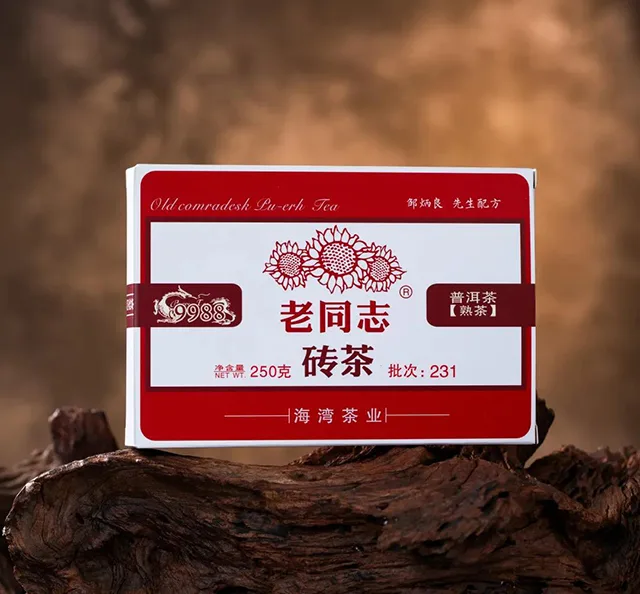
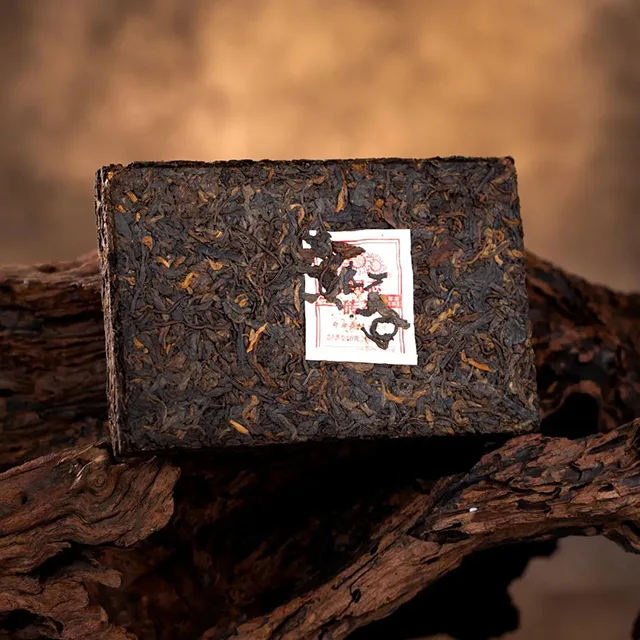

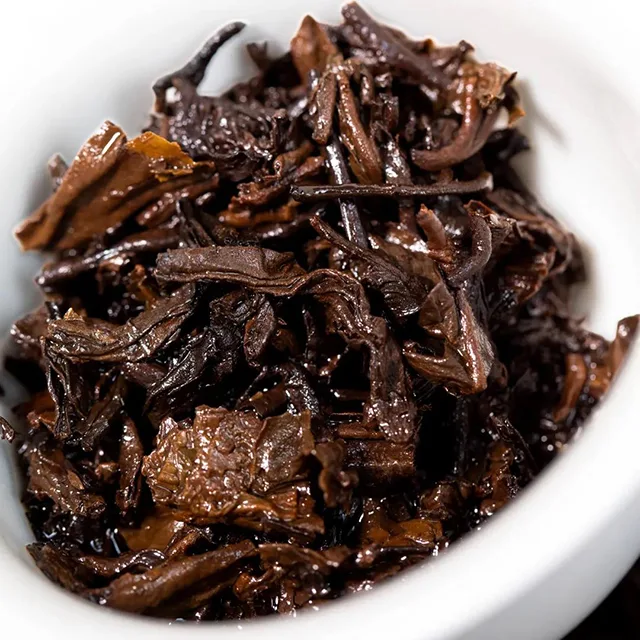
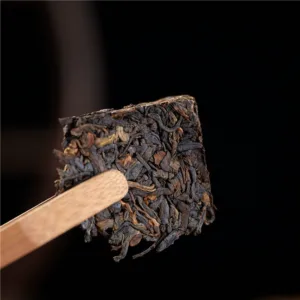 typical fragrance characteristics of ripe tea. It presents rich layers due to differences in raw material grades, aging years, and craftsmanship. The main aroma types are as follows:
typical fragrance characteristics of ripe tea. It presents rich layers due to differences in raw material grades, aging years, and craftsmanship. The main aroma types are as follows: distinct “cellar-aged aroma”.
distinct “cellar-aged aroma”.